Personality and Temperament
If you're looking for a cat with a soft voice and a playful spirit, the Balinese is an excellent choice. These elegant felines are known for their gentle, melodic voices, making them wonderful conversational companions.
They love interacting with their favorite people and will happily engage in lively “discussions” about the day's happenings. Balinese cats are not just talkers; they are also affectionate, friendly, and incredibly intelligent.
When properly socialized, they get along well with everyone, including children and other pets, making them a great fit for families. There’s a lot to love about the Balinese.
Their sharp minds and curious nature keep their families entertained, and they thrive on mental stimulation. Balinese cats enjoy learning tricks, playing fetch, and many even love taking outdoor walks on a leash.


Care
Nutrition
Grooming
Exercise
Health
While Balinese cats do not require a special diet, they do benefit from high-quality food with real meat or fish as the first ingredient. Natural diets are beneficial to all felines, and this breed is no exception!
Since Omega-3 essential fatty acids can help keep the Balinese cat’s coat soft, supple, and silky, it’s a good idea to ensure that your pet is getting enough, either from their food or from additional supplements.
Balinese cats have a long-haired coat, but it’s a single coat rather than a double coat. The absence of a thick, fluffy undercoat practically eliminates the risk of matting, however you can help your cat look and feel fantastic by brushing and combing them a few times per week.
Not only does regular brushing give you another opportunity to bond with your pet, it can cut down on hairball formation.
As Balinese cats tend to be powerful climbers with an active play drive, you might also consider keeping their nails trimmed. Your skin and your furniture will thank you!
Last but not least, consider brushing your cat’s teeth on a regular basis, or offer treats to prevent tartar buildup.
Balinese cats need plenty of exercise and most are more than willing to seek playtime on their own. Give your cat plenty of toys to encourage play, and be sure that they have somewhere to perch and climb. A cat tree with different levels will help keep your Balinese happy while sparing your furniture.
Balinese cats love their families and they thrive on interactive play. Like their Siamese forebears, they quickly learn to play fetch and they often enjoy walking on leashes as this affords an opportunity to explore the outdoors safely.
Balinese cats tend to be very healthy, and are capable of living to age 15 or even longer. Like their Siamese cousins, Balinese cats do have the potential to develop certain health issues including chronic bronchial disease and bladder stones. Some are born with crossed eyes or kinked tails.
There are two other health concerns that sometimes affect Balinese cats: Some are born with a genetic disorder called lysosomal storage disease, which causes symptoms including fainting, seizures, balance problems, and a failure to thrive. Lysosomal storage disease is fatal, and it is almost always detected within the first few months of a kitten’s life.
Some Balinese cats are prone to feline acromelanism, which can cause the coat color to darken with frequent exposure to cold temperatures. Feline acromelanism isn’t serious as it doesn’t cause other health problems; it only changes the cat’s appearance.
History
The history of the Balinese cat is a long one, beginning in the mid-1800s, when the first Siamese cats were imported to the U.S. and the UK from Thailand. Breeders soon noticed that purebred Siamese cat litters sometimes contained longhaired kittens.
At first, these kitties were sold as pets only. In 1928, the American Cat Fanciers’ Federation allowed registration as “Long-haired Siamese” and by the 1950s, breeders were selecting for the long-haired genetic trait.
We have one of the first Balinese cat breeders to thank for giving the breed its name: Helen Smith felt that the term “long-haired Siamese” was too cumbersome. She named the breed after Balinese dancers, known for their beauty and grace.
The Balinese cat breed was further refined through the 1960s and 1970s. Another breeder named Sylvia Holland selected strictly for cats that showed traditional Siamese points in chocolate, seal, lilac, and blue.
At the same time, CFA had begun to allow red, cream, lynx, and tortie point Siamese cats under the moniker “Colorpoint Shorthair.” Further development of the Balinese cat led to the name “Javanese” for those showing colors consistent with colorpoint shorthairs.
The history of the Balinese cat – and the Javanese, too – came full circle during when CFA merged the two breeds.
In 2008, the Javanese cat was officially considered a Balinese color division. CFA went on to adopt a single standard for Balinese and Javanese cats in 2010, recognizing over 20 colors but judging them by Balinese and Javanese divisions.
Most registries have joined in, considering the Javanese to be a type of Balinese rather than a breed of its own, but some breeders and clubs continue to recognize the distinction between the two.
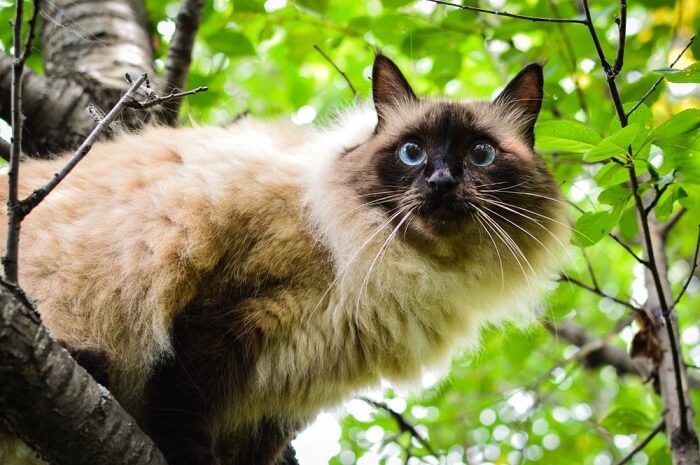
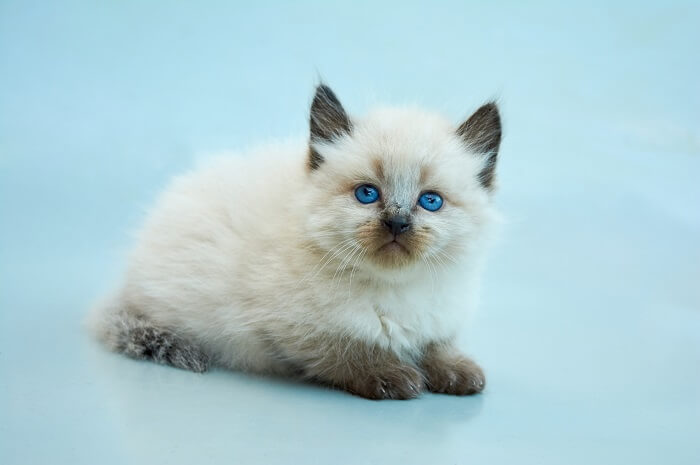
The Breed Standard
Eyes
Legs & Paws
Tail
The Breed Standard
Body
Head
Ears
Coat
Color
FAQ
How much does a Balinese cat cost?
Balinese cats cost between $1,000 - $1,500.
How big do Balinese cats get?
Balinese cats tend to be small in size. A fully grown Balinese cat might weigh between 4-10 pounds or more and range in height anywhere from about 8"-10" inches tall.
How long do Balinese cats live?
The Average lifespan for Balinese is 12-15 years.
Do Balinese cats shed?
Balinese are long-haired cats, so you do have to expect a certain amount of shedding from this breed, but they don't shed as much as other cat breeds.

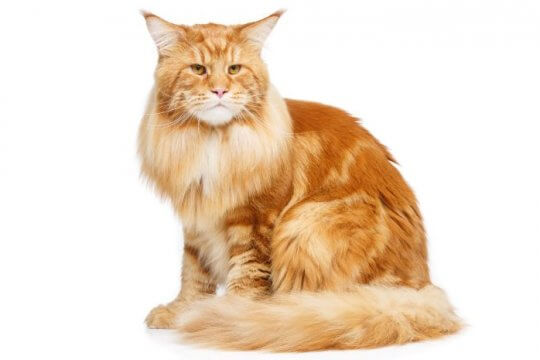


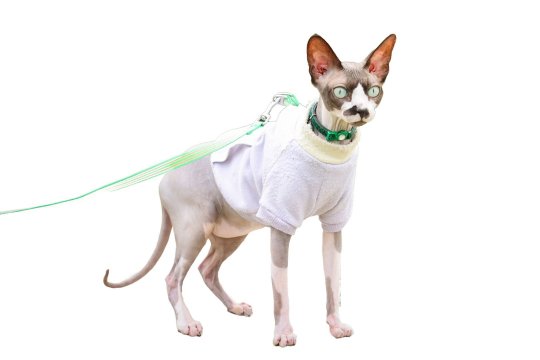
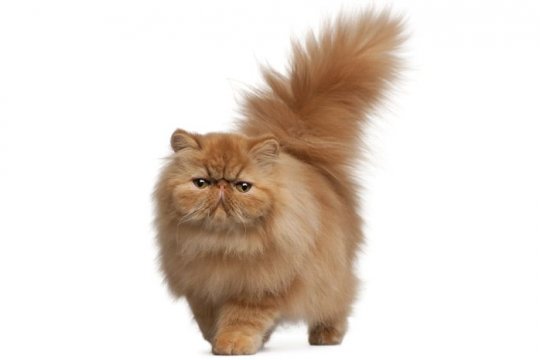
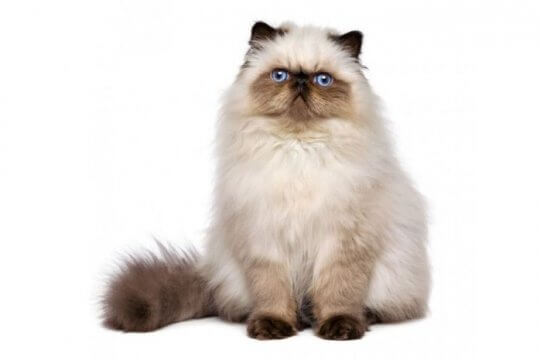
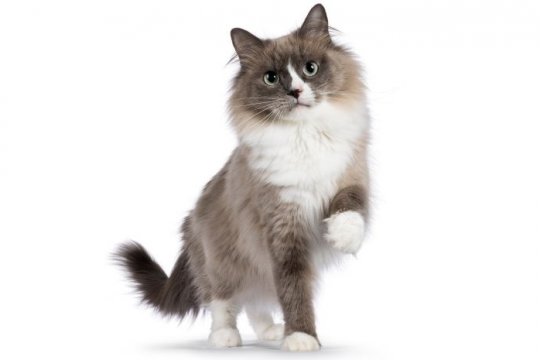

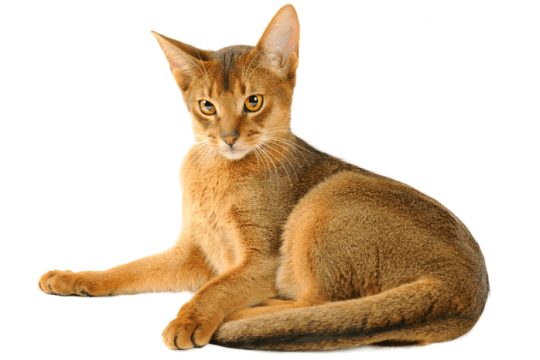
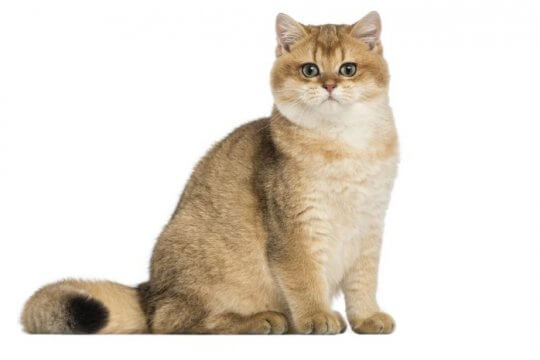

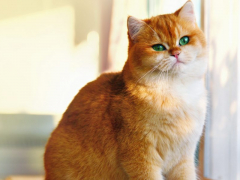




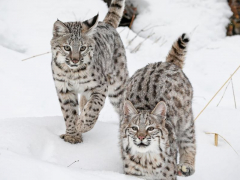
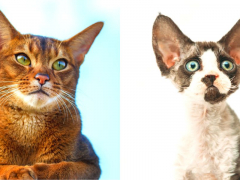
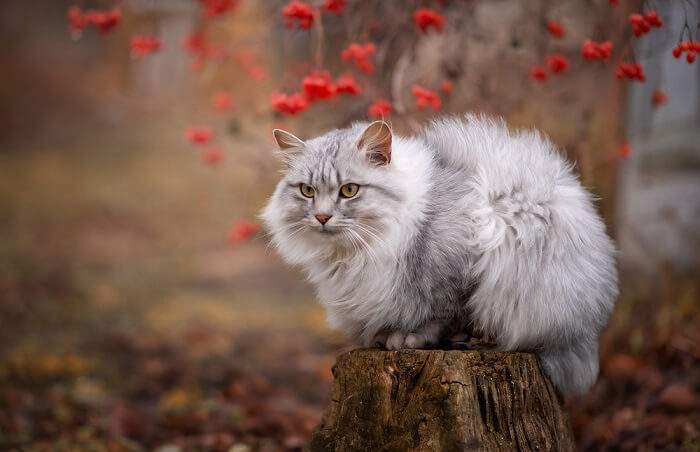

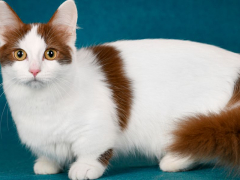
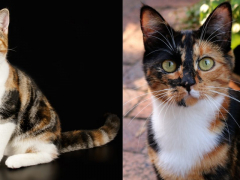
I’ve had 2 Balinese cats, and both were rescues! My first, Lil, lived to be 17 and was a very petite vocal seal point. The Balinese I have now, Theo, was at the pound in a cat run with a bunch of other feral cats. He is a beautiful flame point who is the softest and sweetest guy with a clipped ear (mark of a feral cat who has been altered). I can’t believe how fortunate I’ve been to have not just one but TWO of these beautiful cats!
I love my Balinese! She is so cute an affectionate, I adore her daily. She is the light of my life and although she sheds a fair amount it is nothing compared to the joy she brings to my day.
Wonderful!